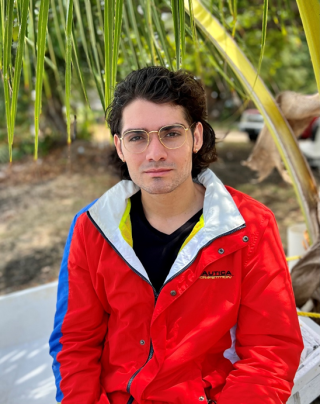Hola! My name is Biajani Gonzalez, I recently graduated as an electrical engineering student and will start my graduate studies in physical oceanography this coming fall. As a Puerto Rican, my life experience in the Caribbean— the impact climate change has had on our region, lives, and sustainability— has driven me to purposefully research oceans and the impact they have on our immediate and long-term future. Being a recently graduated engineering student, I am interested in emerging remote sensing methods to measure and characterize different oceanographic properties, particularly in support of coral reef studies. For this reason, I am fascinated by how the new sensors developed by Dr. Colleen Hansel and her team contribute to furthering research in deep-sea corals– one of the most enigmatic organisms on our planet.
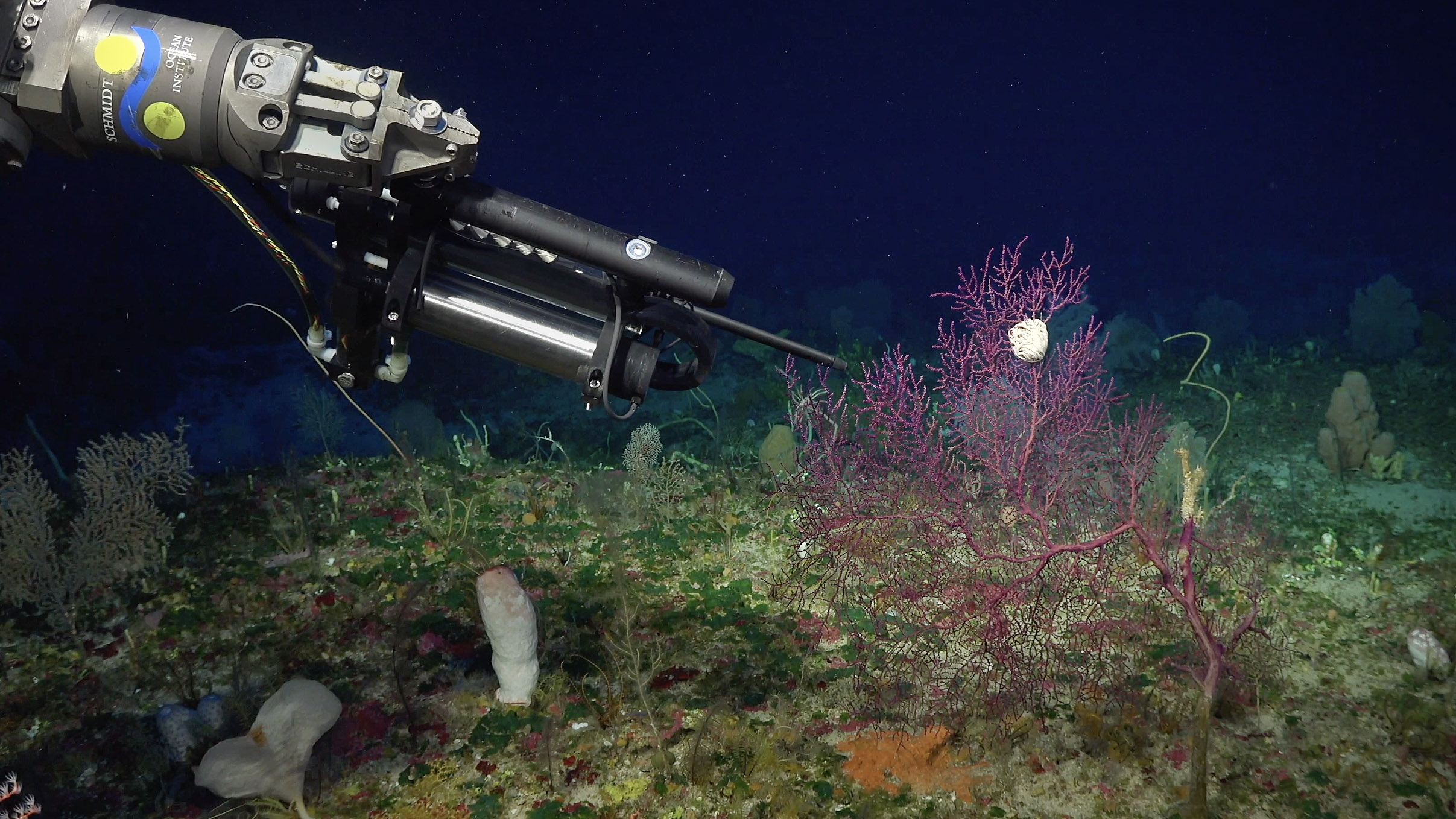
While many argue that space is mankind’s future, there’s an argument to be made that many mysteries and problems can be addressed through ocean exploration. Being one of the least explored places on earth, ocean midwaters represent one of humanity’s final frontiers. Amongst the many organisms within our oceans, corals prove to be one, if not the most, critically important ones. They harbor around half a trillion in the world and serve various important roles in our oceans. But why exactly do these organisms stand out from the rest? What makes so essential in our ecological system, and why are they important – now more than ever?
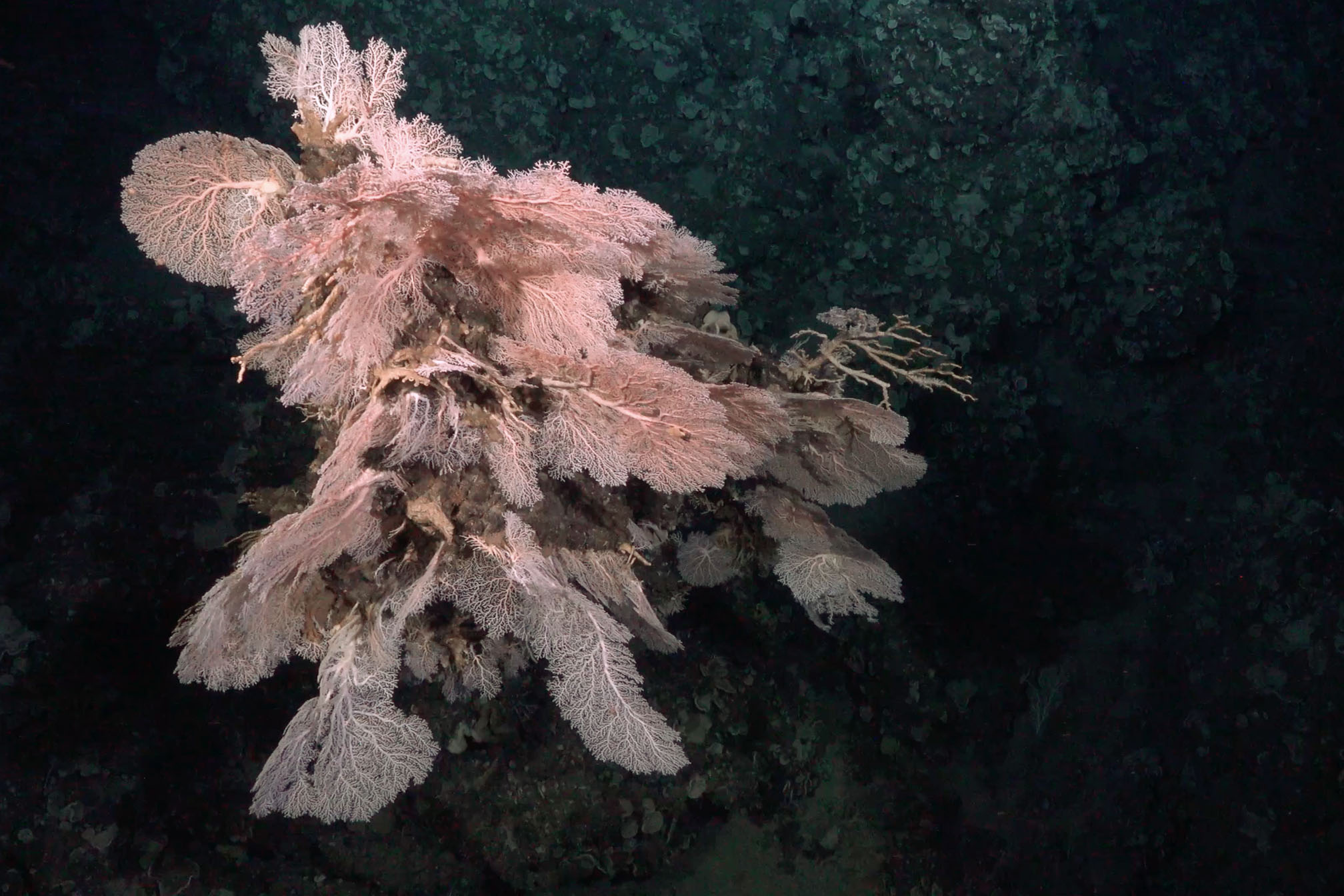
As mentioned prior, coral reefs are one of the most diverse and expansive organisms around the world. They are intrinsically linked to our livelihoods, even in ways we may not directly see it! Many islands in the Caribbean, such as Puerto Rico, depend on reef-adjacent tourism: beach activities, sailing, swimming, or recreational fishing. They play a crucial role in the economy, as they generate an estimated $5.7 billion per year from roughly 7.4 million visitors alone (“The Caribbean needs Tourism, and Tourism needs Healthy Coral Reefs”, 2019). Furthermore, coral reefs serve to be “nature’s pharmacies” of the 21st century. Many medicines being developed to treat notorious diseases, such as Alzheimer’s or Cancer, use corals as important sources (“What do corals have to do with medicine?”, 2023).
Their benefits don’t stop there, however! Coral reefs serve as the first line of defense against storm surge events – they are nature’s sea walls! Healthy coral reefs can reduce tidal energy by 97% and height by 84% (“Solutions for Climate Resilience”, n.d.). It is for this reason that coastal communities can thrive, as they are what protects them from storms. Without reefs, coastlines will be extremely vulnerable to erosion and sea level rise.
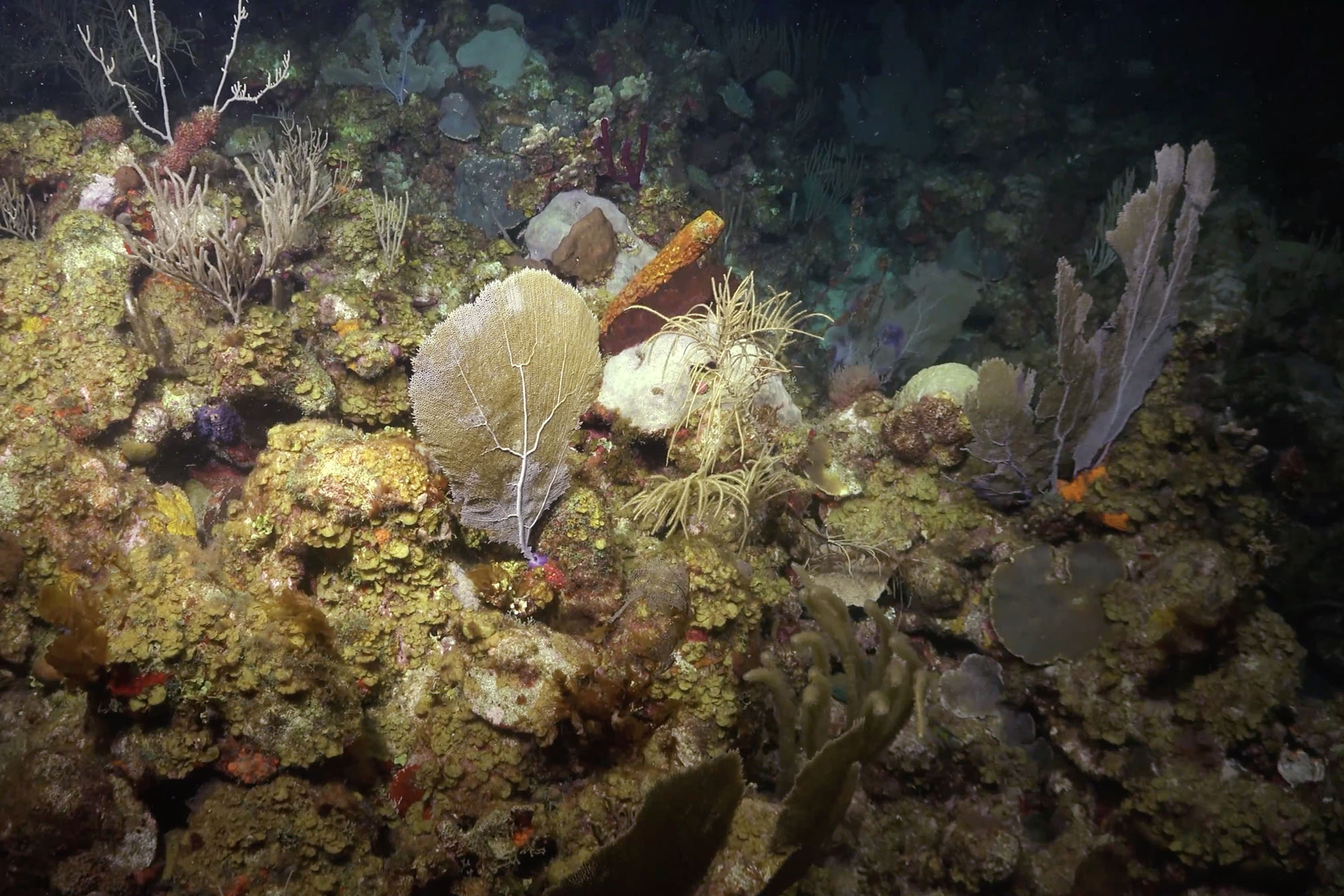
So why exactly are we interested in deep-sea corals? As Important as coastal reefs are, we cannot discard the importance of deep and mesophotic reefs. Lush, deep coral reef gardens could be a reservoir to restore shallow populations if we improve environmental conditions. There are species that are recognized as generalists – they can be found on flat and deep reefs. An example of this is the orbicella species – coral species that serves as the reef builders around Puerto Rico. So even if we lose these species in flat/coastal places, they can still be found in deep mesophotic areas. Therefore, mesophotic zones could provide us with seedlings and larvae, so that these species can be re-established in shallower regions!
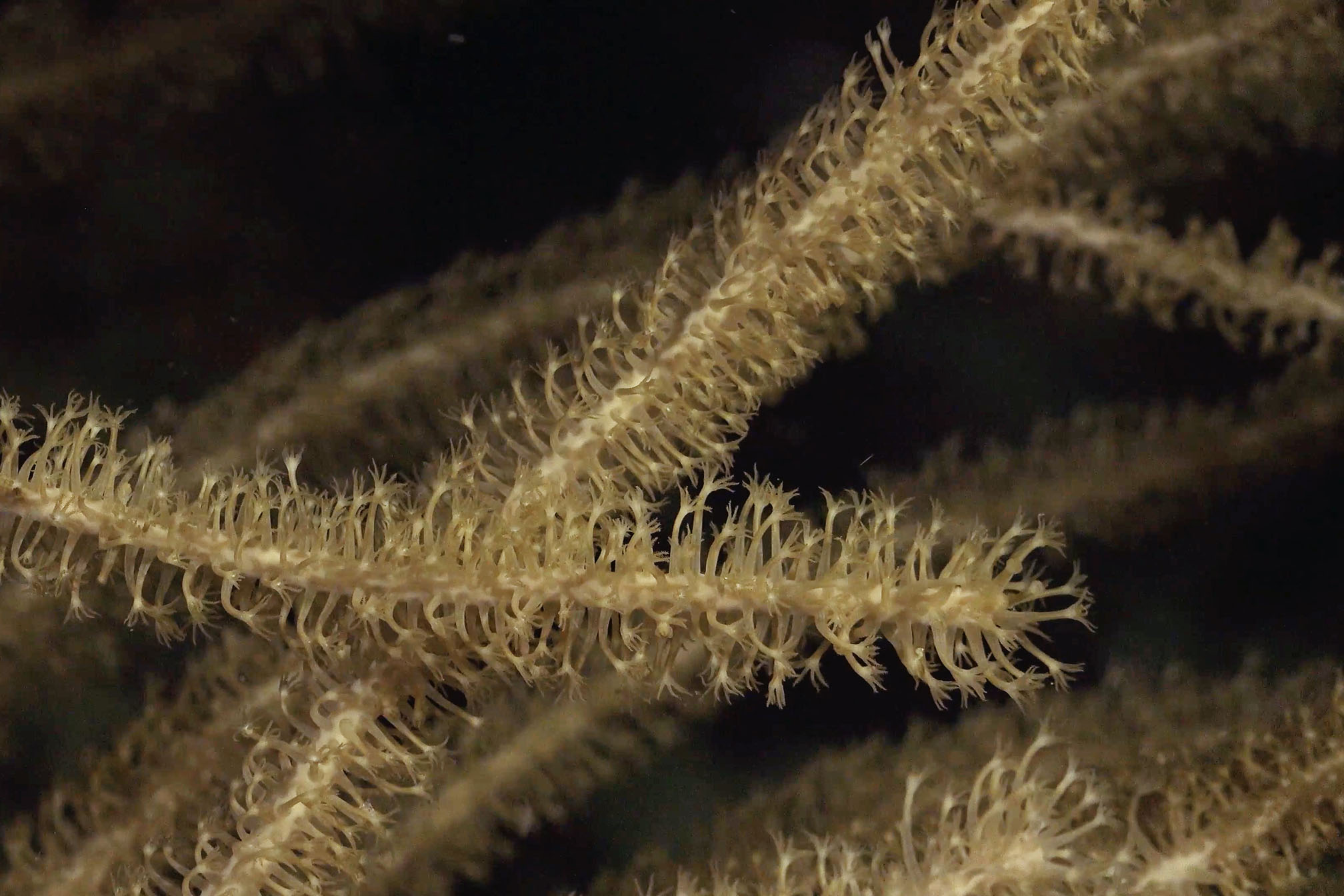
So – How does Dr. Colleen and her team’s research connect with this? To study deep corals, we can’t exactly go scuba diving to properly characterize them. Direct human exploration in the deep is extremely dangerous. For this reason, ocean sensing technologies such as SOLARIS give us an opportunity to measure corals’ health remotely – where people around the world can experience this in a telepresence manner! SOLARIS measures reactive oxygen species in corals, more specifically superoxide. It would be very dangerous for a normal scuba diver to measure this, as they only have a 30-second time window in the mesophytic zone!
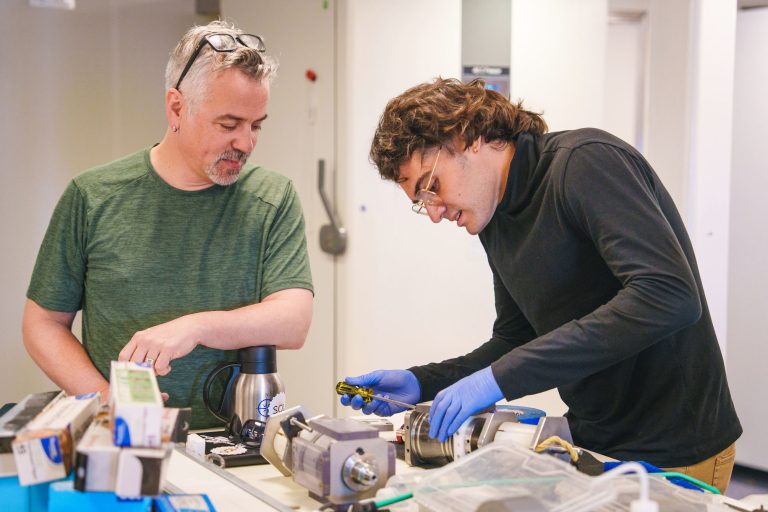
The very fact that we are using SOLARIS to measure how stressed the coral is gives us a lot of information about the health of that coral in general – even if they are not sick. It gives us a new possibility to understand the health of corals in a remote and safe way. Measuring ROS will give us a deeper characterization of the environmental responses of corals. Basically, giving us a new baseline to characterize what the ROS response of these species is, and then start and see what happens if they manipulate certain factors. This could lead to not only informing the management of these significant ecosystems for the future, but also making pathways for more accessible ocean exploration tools for other projects with similar depth ranges and interests.
The combined impacts of climate change, combined with other threats caused by anthropogenic activities, place coral reefs under threat. So, how do we confront this issue? We already know how new discoveries and technological advances could change how we use our ocean. Though I respect tradition, I also believe that traditions must change to reflect modern thinking. The Schmidt Ocean Institute aspires to bring renovation and change in the way we tackle oceanography. In this new dawn of ocean exploration, we are focusing on pushing an interdisciplinary effort to further the field of ocean science. By doing so, we can pursue and develop projects that focus on our region – while also helping neighboring countries through a joint effort. Ultimately, that is what motivates me to pursue a career in ocean exploration.
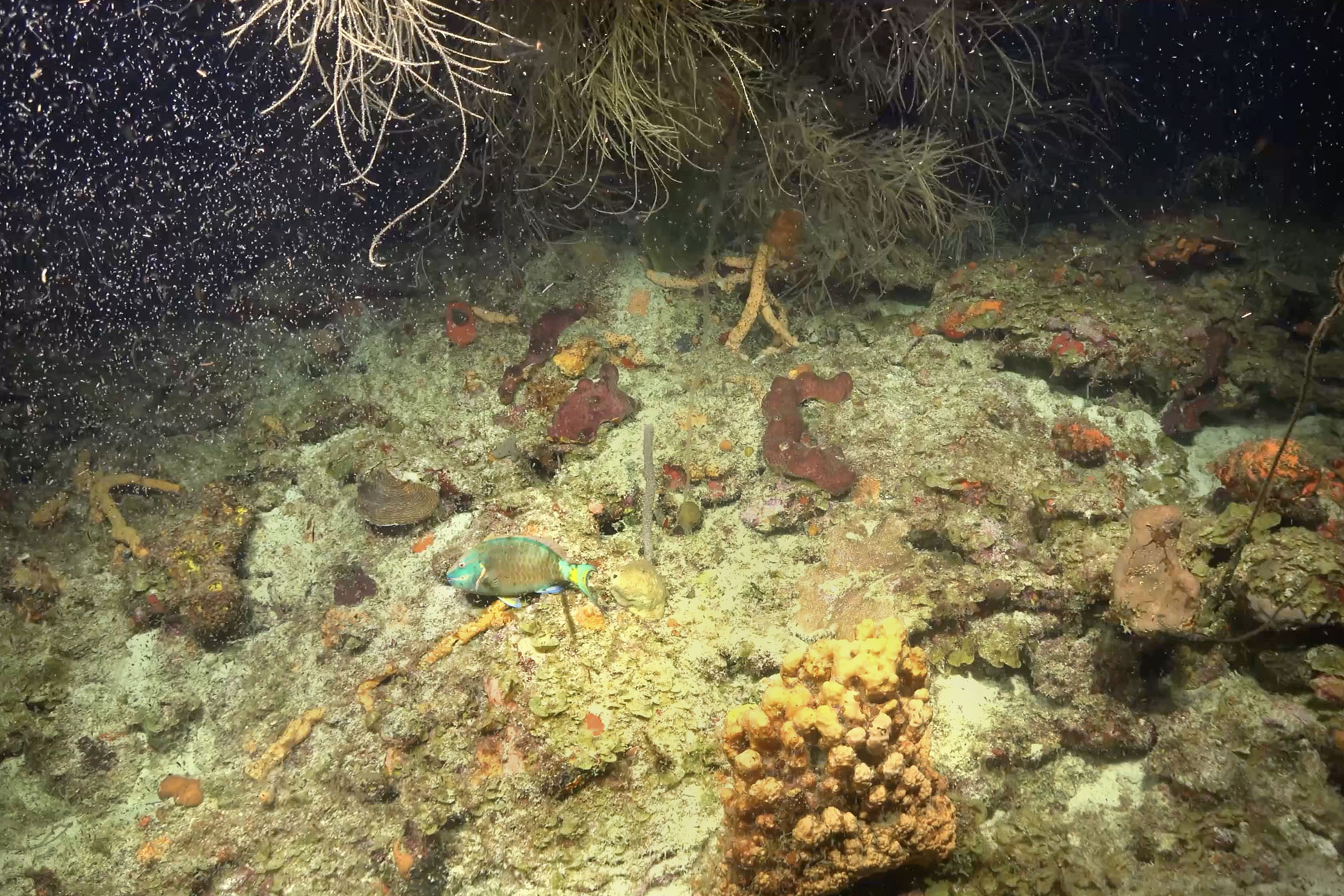
mesophotic reefs.
Arrecifes de coral: los bastiones de nuestro océano
Hola, me llamo Biajani González, acabo de graduarme como estudiante de ingeniería eléctrica y empezaré mis estudios de posgrado en oceanografía física el próximo otoño. Como puertorriqueña, mi experiencia de vida en el Caribe -el impacto que el cambio climático ha tenido en nuestra región, vidas y sostenibilidad- me ha impulsado a investigar con determinación los océanos y el impacto que tienen en nuestro futuro inmediato y a largo plazo. Como estudiante de ingeniería recién graduada, me interesan los nuevos métodos de teledetección para medir y caracterizar distintas propiedades oceanográficas, sobre todo en apoyo de los estudios sobre arrecifes de coral. Por esta razón, me fascina cómo los nuevos sensores desarrollados por la Dra. Colleen Hansel y su equipo contribuyen a avanzar en la investigación de los corales de aguas profundas, uno de los organismos más enigmáticos de nuestro planeta.
Aunque muchos sostienen que el espacio es el futuro de la humanidad, también se puede argumentar que la exploración de los océanos puede resolver muchos misterios y problemas. Al ser uno de los lugares menos explorados de la Tierra, las aguas medias oceánicas representan una de las últimas fronteras de la humanidad. Entre los muchos organismos de nuestros océanos, los corales son uno de los más importantes. Albergan alrededor de medio billón en el mundo especies y desempeñan varias funciones importantes en nuestros océanos. Pero, ¿por qué destacan exactamente estos organismos sobre los demás? ¿Qué los hace tan esenciales en nuestro sistema ecológico y por qué son importantes, ahora más que nunca?
Como ya se ha dicho, los arrecifes de coral son uno de los organismos más diversos y extensos del mundo. Están intrínsecamente ligados a nuestros medios de vida, ¡incluso de formas que quizá no veamos directamente! Muchas islas del Caribe, como Puerto Rico, dependen del turismo adyacente a los arrecifes: actividades de playa, vela, natación o pesca recreativa. Desempeñan un papel crucial en la economía, ya que se calcula que generan 5.700 millones de dólares al año solo con unos 7,4 millones de visitantes (“The Caribbean needs Tourism, and Tourism needs Healthy Coral reefs”, 2019). Además, los arrecifes de coral sirven para ser las “farmacias de la naturaleza” del siglo XXI. Muchos medicamentos que se están desarrollando para tratar enfermedades notorias, como el Alzheimer o el cáncer, utilizan los corales como fuentes importantes (“¿Qué tienen que ver los corales con la medicina?”, 2023).
Pero sus beneficios no acaban ahí. Los arrecifes de coral son la primera línea de defensa contra las mareas de tempestad: ¡son los diques de la naturaleza! Unos arrecifes de coral sanos pueden reducir la energía de las mareas en un 97% y su altura en un 84% (“Solutions for Climate Resilience”, s.f.). Por esta razón, las comunidades costeras pueden prosperar, ya que son lo que las protege de las tormentas. Sin arrecifes, las costas serán extremadamente vulnerables a la erosión y a la subida del nivel del mar.
Entonces, ¿por qué nos interesan los corales de aguas profundas? Por muy importantes que sean los arrecifes costeros, no podemos descartar la importancia de los arrecifes mesofóticos profundos. Los exuberantes y profundos jardines de arrecifes de coral podrían ser un reservorio para restaurar estas poblaciones si mejoramos las condiciones ambientales. Hay especies que se reconocen como generalistas: pueden encontrarse en arrecifes planos y profundos. Un ejemplo de esto es la especie orbicella – especie de coral que sirve como constructor de arrecifes alrededor de Puerto Rico. Así que aunque perdamos estas especies en lugares planos/costeros, aún pueden encontrarse en zonas mesofóticas profundas. Por lo tanto, ¡las zonas mesofóticas podrían proporcionarnos plántulas y larvas para que estas especies puedan restablecerse en regiones menos profundas!
¿Qué relación guarda la investigación de la Dra. Colleen y su equipo con todo esto? Para estudiar los corales profundos, no podemos bucear para caracterizarlos adecuadamente. La exploración humana directa en las profundidades es extremadamente peligrosa. Por esta razón, las tecnologías de detección oceánica como SOLARIS nos brindan la oportunidad de medir la salud de los corales a distancia, ¡donde personas de todo el mundo pueden experimentarlo de forma telepresencial! SOLARIS mide las especies reactivas del oxígeno en los corales, más concretamente el superóxido. Para un submarinista normal sería muy peligroso medirlo, ya que sólo dispone de 30 segundos.
El mero hecho de utilizar SOLARIS para medir el grado de estrés de los corales nos da mucha información sobre su salud en general, aunque no estén enfermos. Nos ofrece una nueva posibilidad de conocer la salud de los corales de forma remota y segura. La medición de ROS nos dará una caracterización más profunda de las respuestas ambientales de los corales. Básicamente, nos da una nueva línea de base para caracterizar cuál es la respuesta ROS de estas especies, y luego empezar y ver qué pasa si manipulan ciertos factores. Esto podría servir no sólo para informar sobre la gestión de estos importantes ecosistemas en el futuro, sino también para hacer más accesibles las herramientas de exploración oceánica a otros proyectos con rangos de profundidad e intereses similares.
Los efectos combinados del cambio climático, junto con otras amenazas causadas por actividades antropogénicas, ponen en peligro los arrecifes de coral. Entonces, ¿cómo afrontar este problema? Ya sabemos cómo los nuevos descubrimientos y avances tecnológicos podrían cambiar la forma en que utilizamos nuestro océano. Aunque respeto la tradición, también creo que las tradiciones deben cambiar para reflejar el pensamiento moderno. El Schmidt Ocean Institute aspira a aportar renovación y cambio a la forma en que abordamos la oceanografía. En este nuevo amanecer de la exploración oceánica, nos centramos en impulsar un esfuerzo interdisciplinario para hacer avanzar el campo de las ciencias oceánicas. De este modo, podemos llevar a cabo y desarrollar proyectos centrados en nuestra región, y al mismo tiempo ayudar a los países vecinos mediante un esfuerzo conjunto. En última instancia, eso es lo que me motiva a seguir una carrera en la exploración oceánica.
Bibliography:
The Nature Conservacy (2019). The Caribbean Needs Tourism, and Tourism Needs Healthy Coral Reefs. https://www.nature.org/en-us/what-we-do/our-insights/perspectives/the-caribbean-needs-tourism–and-tourism-needs-healthy-coral-ree/
NOAA (2023, January 20). What does coral have to do with medicine? The National Ocean Service. https://www.nature.org/en-us/what-we-do/our-insights/perspectives/the-caribbean-needs-tourism–and-tourism-needs-healthy-coral-ree/
The Nature Conservacy (n.d.). Solutions for Climate Resilience. https://www.nature.org/en-us/about-us/who-we-are/how-we-work/working-with-companies/companies-investing-in-nature1/bank-of-america/#:~:text=Healthy%20coral%20reefs%20can%20break-up%20as%20much%20as,ecological%20function%20and%20coastal%20protection%20during%20subsequent%20storms.
